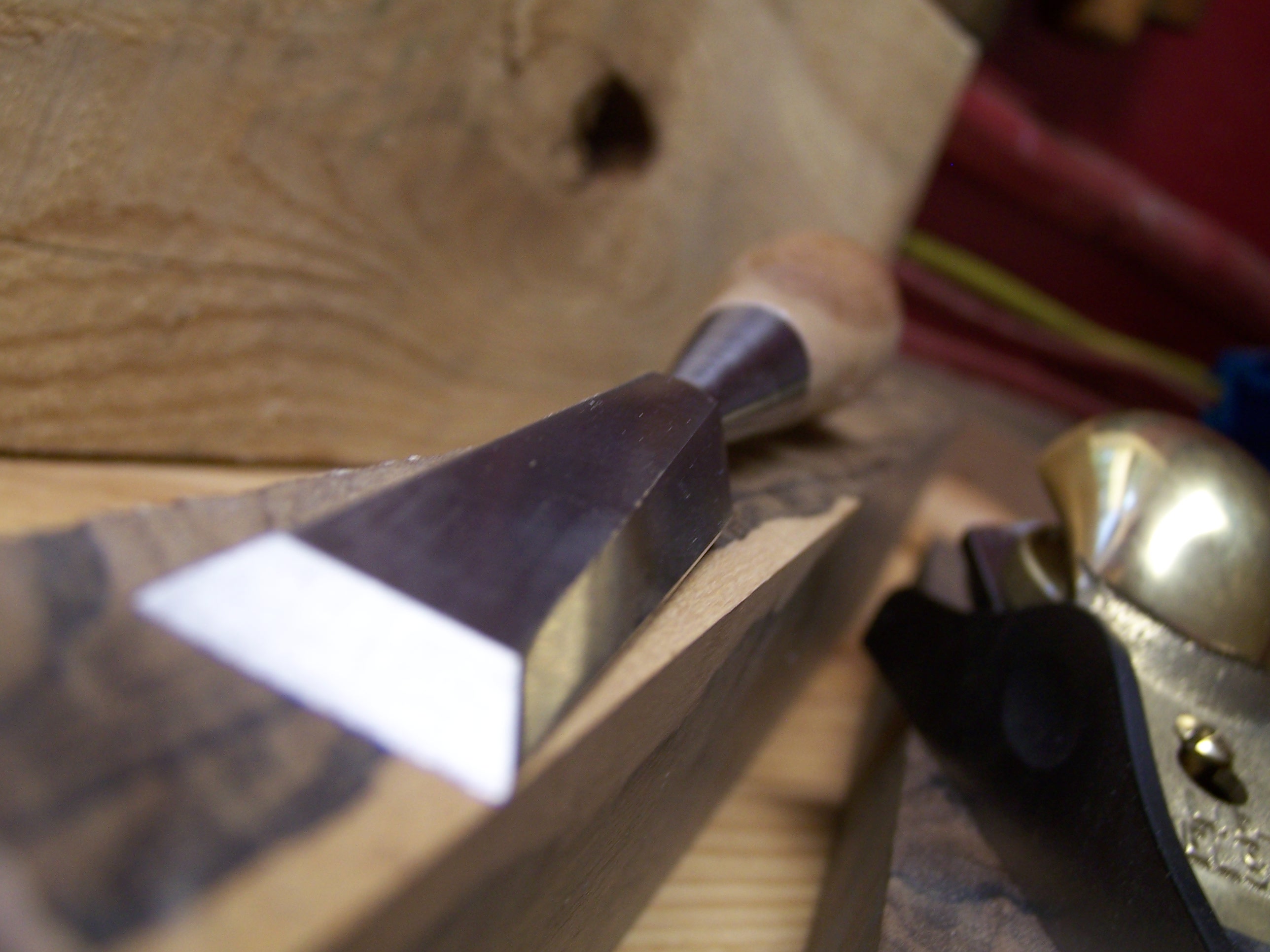Today, as cordless tools, laser levels, and other technological marvels dominate woodworking, the humble woodworker's tool is invaluable. Knowing how to handle it is important because with a power tool you can do things in seconds or minutes that might take 15 minutes (or more) to set up. With it, you can cut a thin layer of wood, quickly cut or make a break on a flat and smooth bottom (in it, for example, you can insert a joint). You can do all this and more if you know the basics of woodworking.
Below we present the main points of two types of tools - one for woodworking and one for actual woodworking. The chisel is more durable, with a heavy plastic handle, thicker blade and a large metal cap at the end of the handle. The traditional wood saw has a wooden handle, a very thin cross section and a small metal lid.
Before learning the basics of woodworking, read about some popular chisels and sharpening tools.
More popular mechanics
All serrated chisels are suitable for deep and shallow cuts. To cut deep, draw a line with a sharp knife or pencil. Place the chisel along the waste line. The front of the exhaust shows the unwanted side of the cut, and the back shows the side of the "occupied" cut. The line of the drawing or pencil should match the back of the chick.



